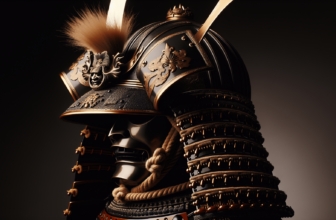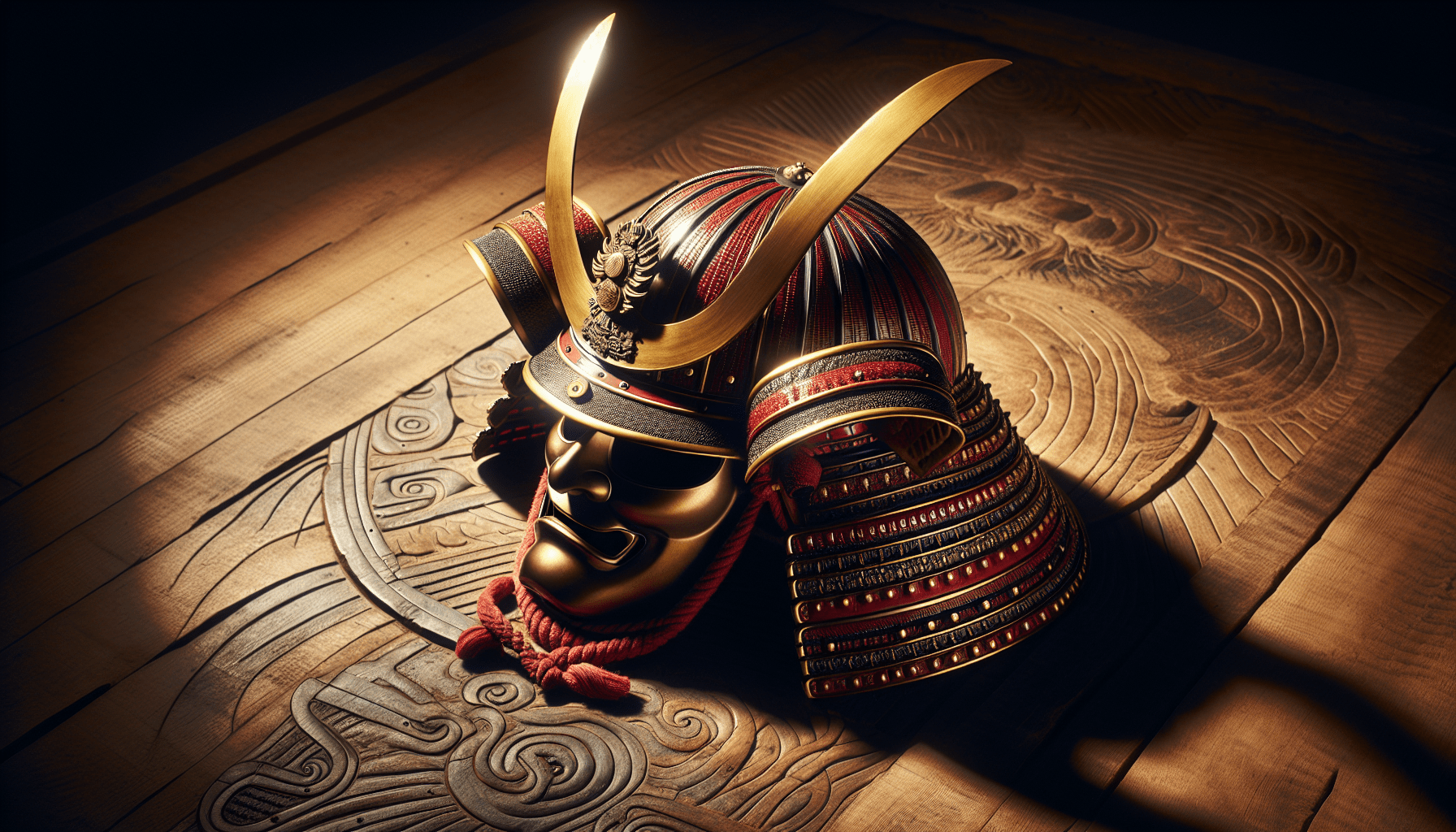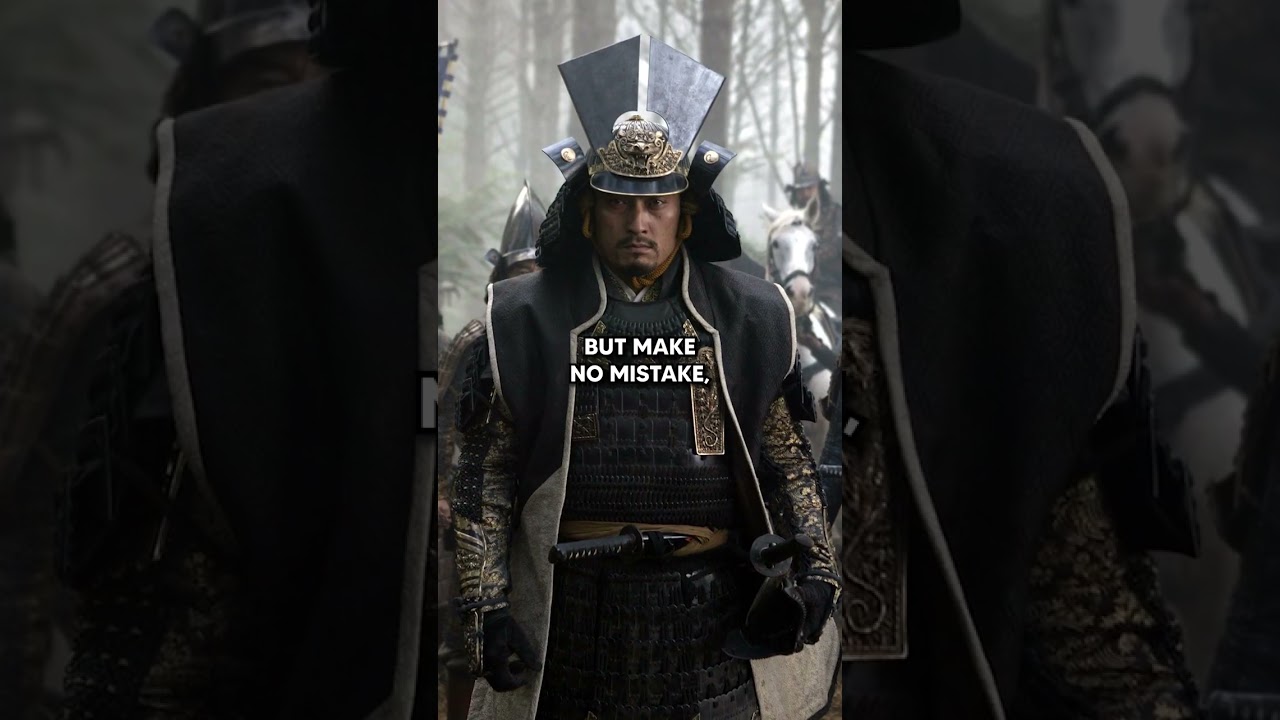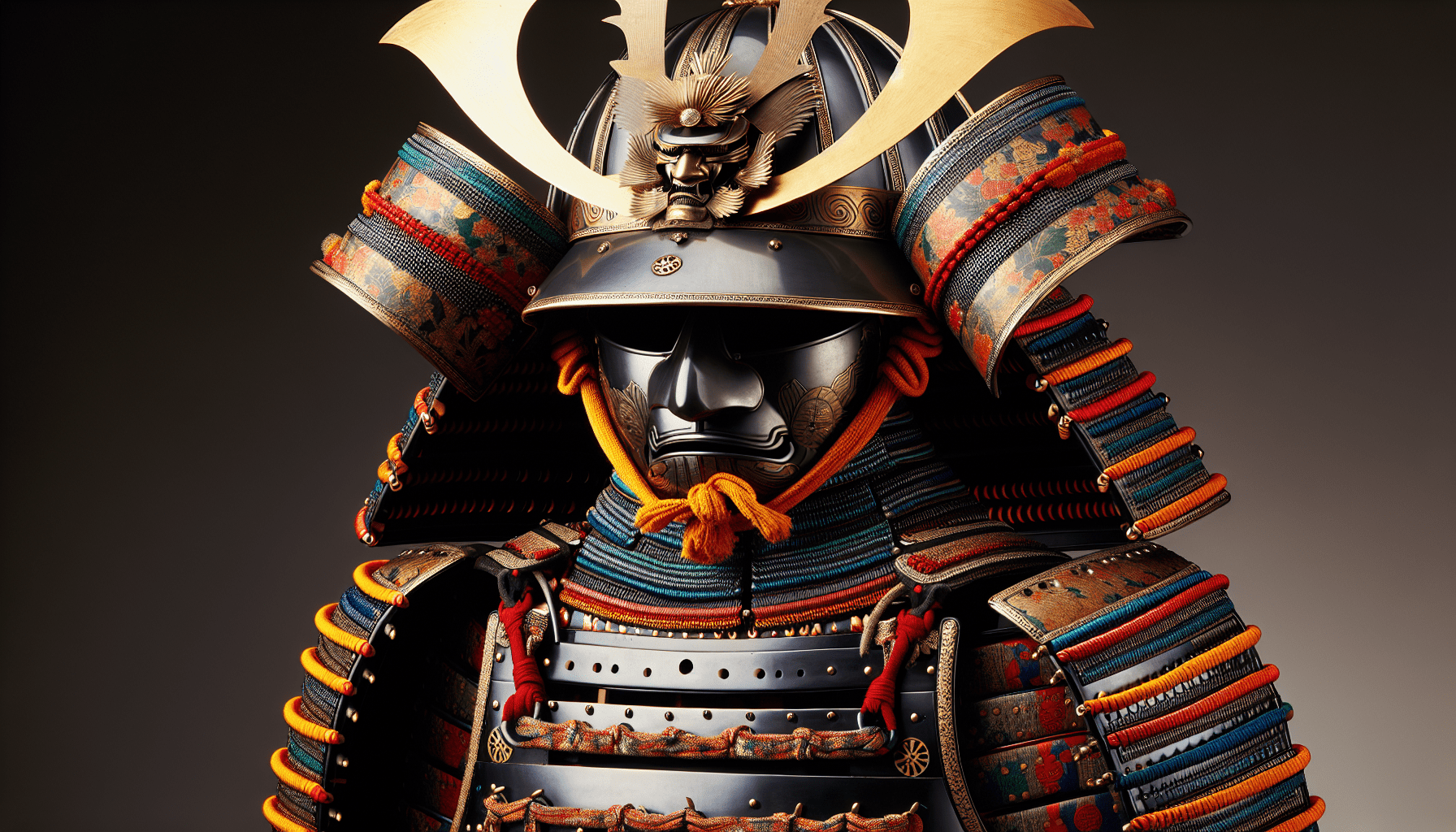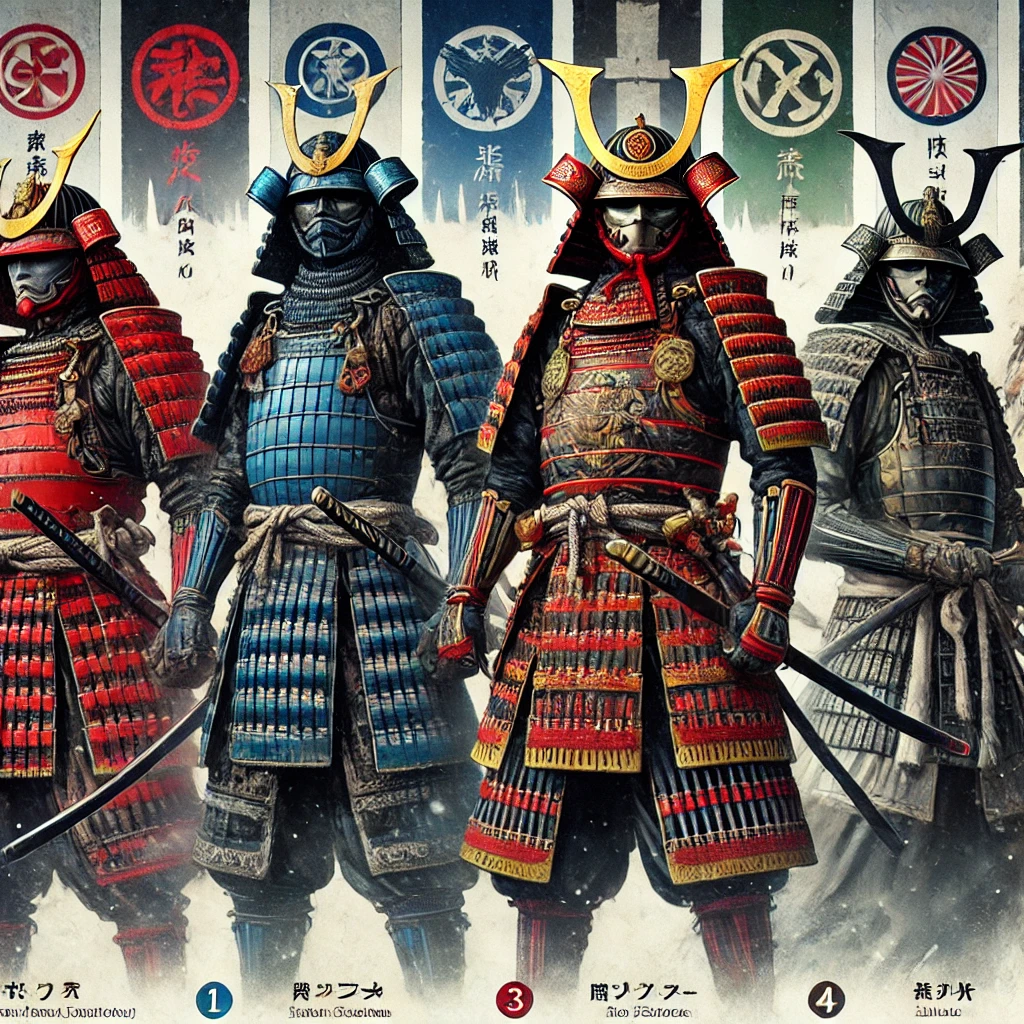
What comes to mind when you think about samurai? Maybe you picture fierce warriors with remarkable swords, but have you ever considered what they wore on their heads? The headgear worn by samurai was not just for fashion; it held significant meaning and functionality. In this article, we’ll uncover the different types of headwear that samurai donned, their purposes, and the cultural significance behind them.
The Importance of Headgear in Samurai Culture
Samurai were not just warriors; they were a class of noblemen in feudal Japan, adhering to a strict code of honor known as Bushido. Their appearance was not only about individual style but also reflected their social status and martial prowess. The headgear they chose played a crucial role in maintaining this image.
Headgear could denote rank, signify readiness for battle, or even be a form of protection. Understanding the significance of these pieces helps you appreciate the samurai’s rich culture and the importance placed on appearance.
Kabuto: The Iconic Samurai Helmet
One of the most recognizable pieces of samurai headwear is the kabuto. This iconic helmet was not merely a protective item; it was a symbol of the samurai’s identity.
Design and Structure
The kabuto typically featured a rounded shape made from multiple metal plates, which were interconnected. This structure not only provided a barrier against weapon strikes but also ensured flexibility in battle. The helmets often had unique designs, adorned with crests or family insignia, which made each kabuto distinct to its wearer.
Variations of Kabuto
Over time, various styles of kabuto emerged, reflecting changes in warfare and aesthetics. Here are some common forms:
| Type | Description |
|---|---|
| Suji-bachi | A helmet with vertical ridges, offering strength. |
| Ikedate | A helmet with a raised crown, often seen in the Edo period. |
| Muneate | Fitted with plates for additional neck protection. |
| Kabuto with ornamentation | Decorated with horns or crests to represent rank or clan. |
The kabuto was not just a functional item; it also served as a canvas for personal expression. Many samurai invested considerable effort into customizing their helmets, showcasing artistry and tradition.
Hachimaki: The Headband of Determination
While the kabuto is known for its armored protection, another significant item in a samurai’s wardrobe is the hachimaki, or headband. Common among warriors, this simple piece of cloth carried both practical and symbolic meanings.
Uses of Hachimaki
The hachimaki was often made from cotton or silk and worn around the forehead to keep sweat away and hair out of the eyes during battle. However, it was much more than just utilitarian. Wearing this headband could signify determination and readiness to face challenges head-on. Many samurai wore it during crucial battles or times of personal struggle.
The Muneate: More Than Just Shoulder Guarding
Although not exactly headwear, the muneate, or shoulder guard, is often mentioned in conjunction with samurai helmets. It was essential for neck protection, but it had specific designs that complemented the kabuto, creating a cohesive look.
Relationship with the Kabuto
The muneate was often elaborately designed to match the helmet, showing unity in armor. This not only provided practical benefits but also helped portray a complete image of the warrior—a vital aspect of samurai culture, where every detail mattered.
The Role of Clan Colors and Symbols
The colors and symbols worn by samurai had strong implications about their identity and allegiance.
Color Psychology
Certain colors carried specific meanings, and samurai would wear these to showcase loyalty or express their role within their clan. Here are a few examples:
| Color | Meaning |
|---|---|
| Red | Courage and valor |
| Blue | Loyalty and steadfastness |
| Black | Nobility and authority |
| White | Purity and mourning |
The use of these colors was a strategic choice. It allowed samurai not just to communicate their identity but also to intimidate their enemies on the battlefield.
Cultural Significance of Samurai Headgear
Headwear in samurai culture extended beyond mere aesthetics. Each piece told a story, represented beliefs, and communicated values.
Symbol of Status
The samurai class was marked by its rigid social hierarchy. Different types of headgear indicated status within this structure. For instance, more elaborate kabuto signified higher rank, while simpler versions were worn by lower-ranking samurai and foot soldiers.
Theatricality and Ritual
In historical dramas and Noh theater, the kabuto became a staple for portraying samurai. The dramatic flair of the helmet, coupled with its significance, brought an additional layer of theatricality to performances, allowing audiences to connect with the ethos of samurai culture.
The Connection to Martial Arts
samurai headgear also overlaps with traditional Japanese martial arts, where practitioners often wear similar items during training and competitions to reflect their lineage and honor the samurai spirit.
Modern-Day Symbolism
While the era of the samurai has long passed, the influence of their headgear persists. Many martial arts schools in Japan and around the world respect the traditions associated with the samurai, carrying forward the significance of headwear through rituals and attire in practice.
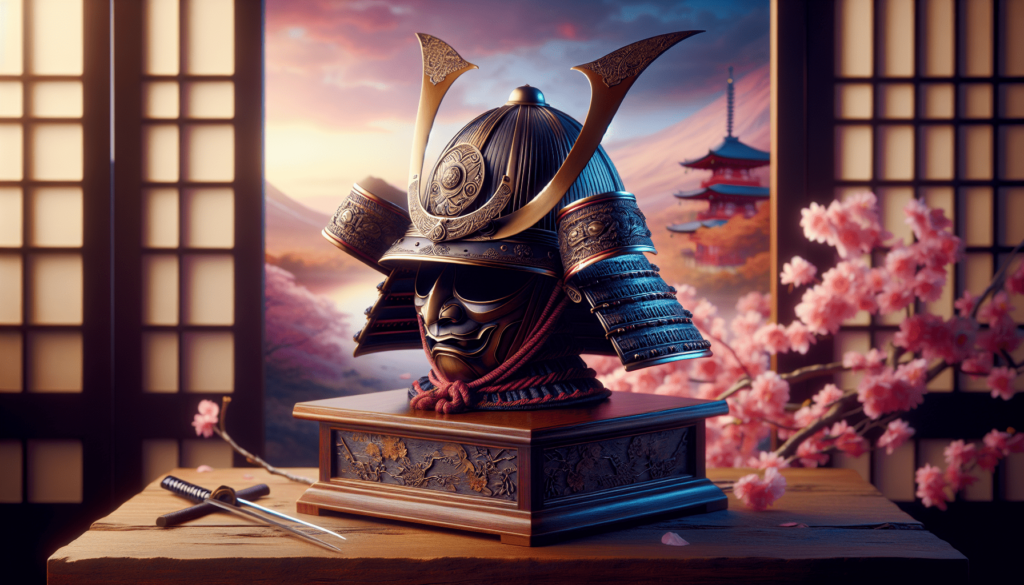
The Evolution of Samurai Headgear
Samurai headgear evolved over centuries, reflecting both technological advances in warfare and shifts in cultural preferences.
Early Periods
In earlier times, samurai often wore simple cloth or leather caps that evolved into more intricate designs as metal crafting techniques improved. The helmets of the Heian period were basic but practical.
Edo Period Influences
By the Edo period, kabuto designs became more elaborate, with ornate detailing and craftsmanship. This era was known for its peace and stability, allowing samurai to focus on cultural arts rather than constant warfare. During this time, many samurai took pride in the aesthetics of their gear.
Headgear in Warfare
The practical aspects of samurai headwear cannot be overlooked. In battles where lives were at stake, functionality was as crucial as aesthetics.
Protection Against Blows
The primary purpose of the kabuto was to offer protection against swords and arrows. The design allowed for mobility while safeguarding the wearer’s head and neck.
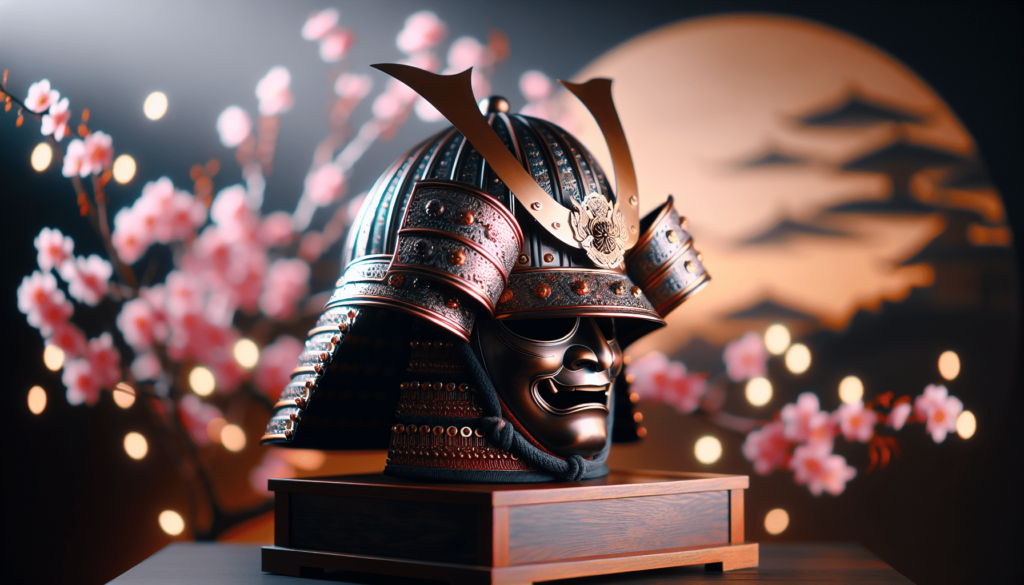
Choosing the Right Headgear
For aspiring martial artists or enthusiasts of samurai culture, understanding headgear selection is essential. Here are some key considerations:
| Factor | Description |
|---|---|
| Style | Choose between historical replicas or modern interpretations. |
| Material | Opt for durable materials that balance weight and protection. |
| Personal Affiliation | Consider clan colors or symbols if deeply identifying with a tradition. |
Choosing the right headgear can enhance the authenticity of your martial arts practice or cultural exploration.
Conclusion
The headgear worn by samurai is a fascinating aspect of their culture that intertwines functionality, symbolism, and artistry. Each piece, from the kabuto to the hachimaki, contributes to the rich tapestry of samurai life and lore. Whether you’re a history buff, a martial arts enthusiast, or simply someone intrigued by the beauty of tradition, understanding what samurai wore on their heads opens a window into a world of values and beliefs that shaped Japan for centuries.
Embracing the complexity of samurai headgear not only enriches your knowledge but also connects you to a vibrant heritage that continues to inspire today. So, the next time you see a depiction of a samurai, take a moment to appreciate not just their sword but also the story told through their headwear.



